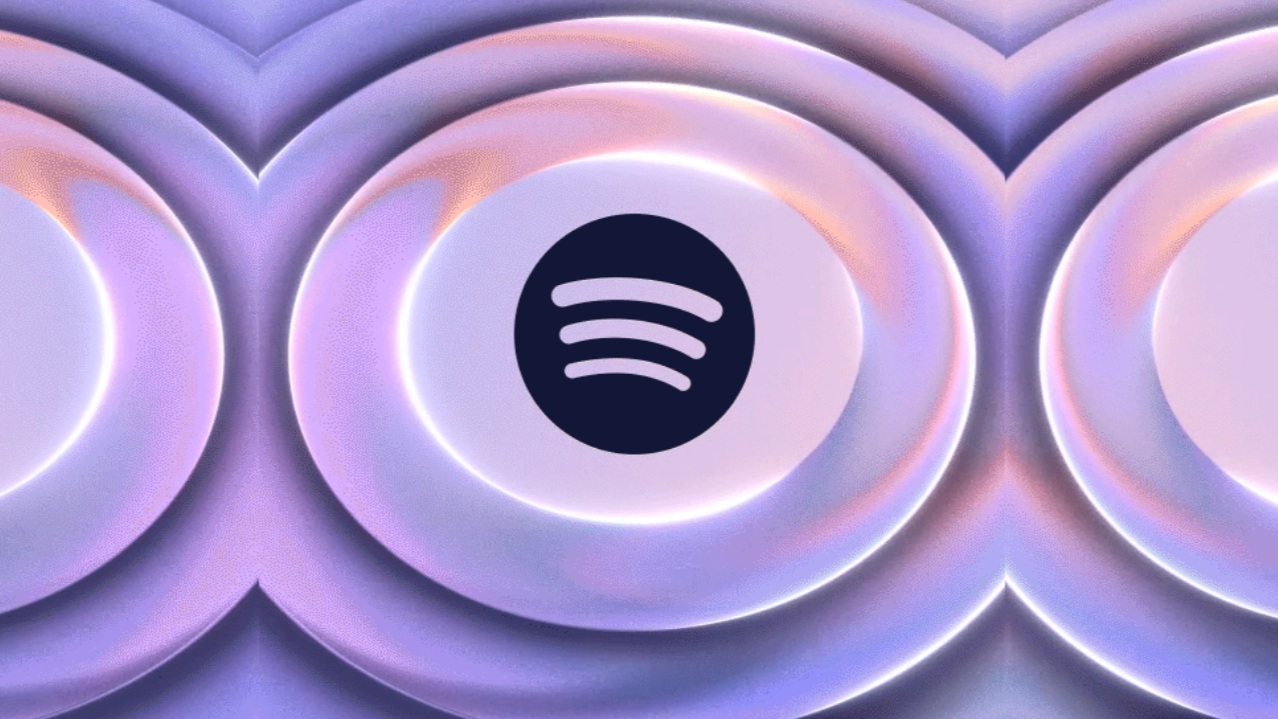Project Starline is now Google Beam, but what's new? I tried it to find out
Not much seems to have changed — and it's still really good.
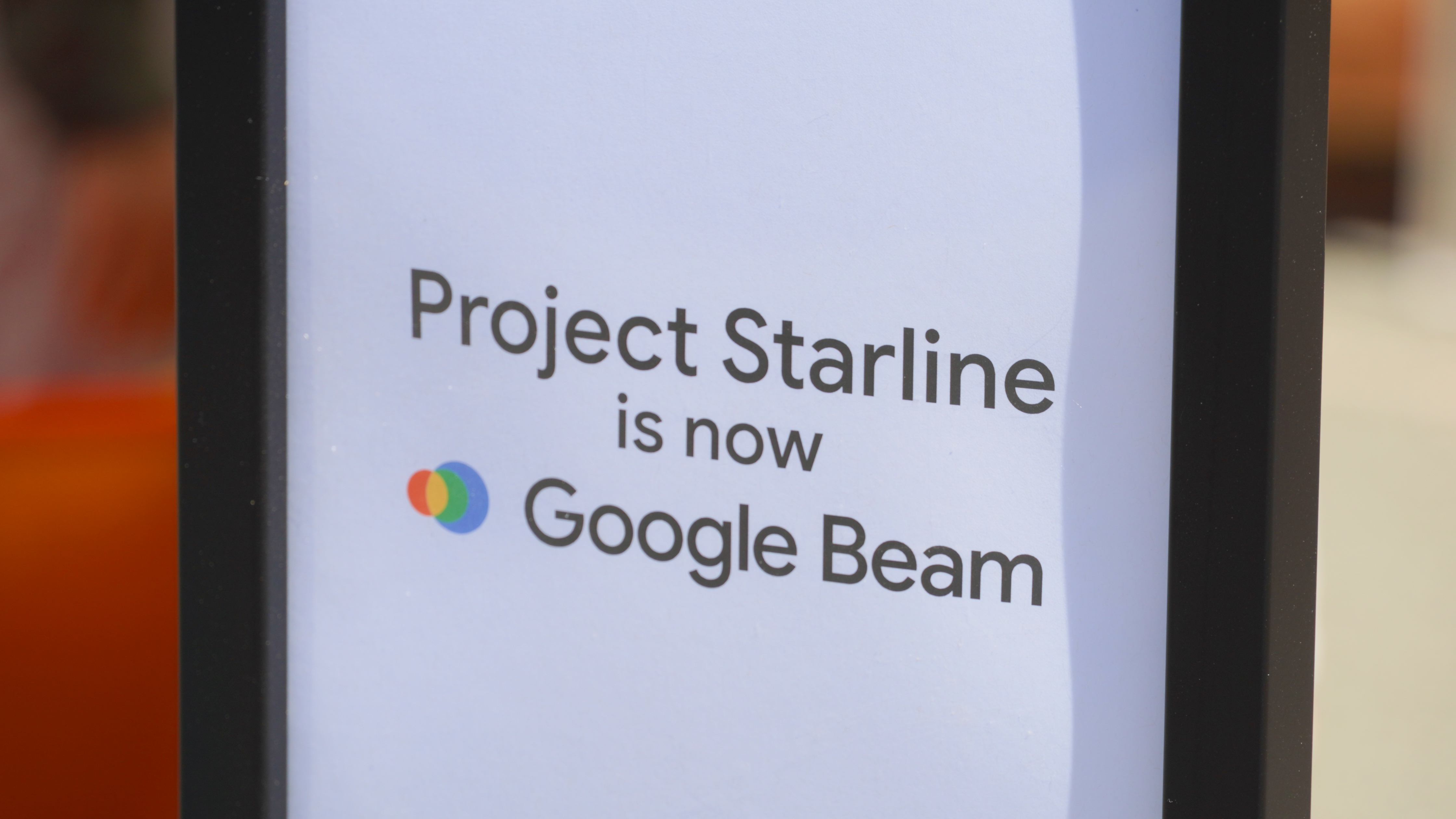
Project Starline, the secretive 3D communication platform Google is developing with HP, is now Google Beam — and it'll ship to customers starting later this year. Most people will never get to try Beam, as it's an enterprise-grade piece of equipment that is sure to cost a small fortune, at least. I got to try it at Google I/O 2025, and while it doesn't seem like a major improvement over last year's Starline experience, it's still the best way to communicate remotely.
I wasn't allowed to take photos inside the Google Beam demo booth, but that's okay because the equipment looks identical to the setup Android Central captured at the 2024 event. I'm not even sure the hardware is changed — all the upgrades Google touted during its keynote are software-focused. There are three modules at the top and sides of the unit, with six cameras at multiple angles to capture the person accurately in 3D.
Google's "Magic Window"
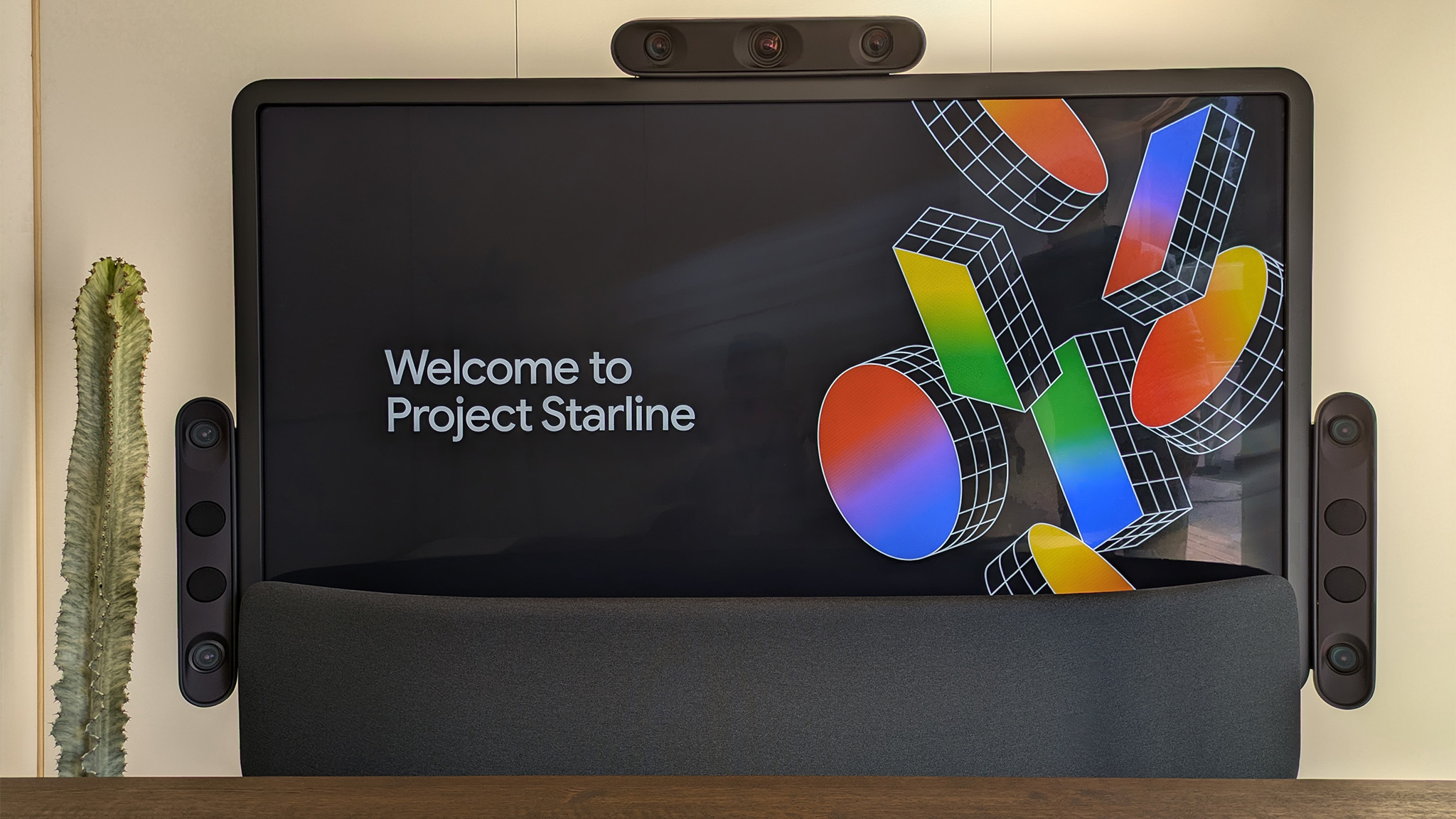
The display uses a lenticular film to refract light emitted from a lightfield projection. In simple terms, the system is generating multiple video feeds, and the lenticular lens is refracting them into a single view that your eyes perceive as three-dimensional. If you're not sure what that looks like, think of the way Apple Vision Pro puts lifelike "eyes" on its outer display or the way a Nintendo 3DS used to provide 3D effects.
While the hardware seems generally unchanged, new in 2025 is AI-powered software. There's an AI volumetric video model that helps Beam combine multiple views coming in from the cameras in real time, creating a 3D representation of the person viewable on the other end of a call at 60 frames per second. It also incorporates head tracking that can recreate your movements as precisely as to the millimeter.
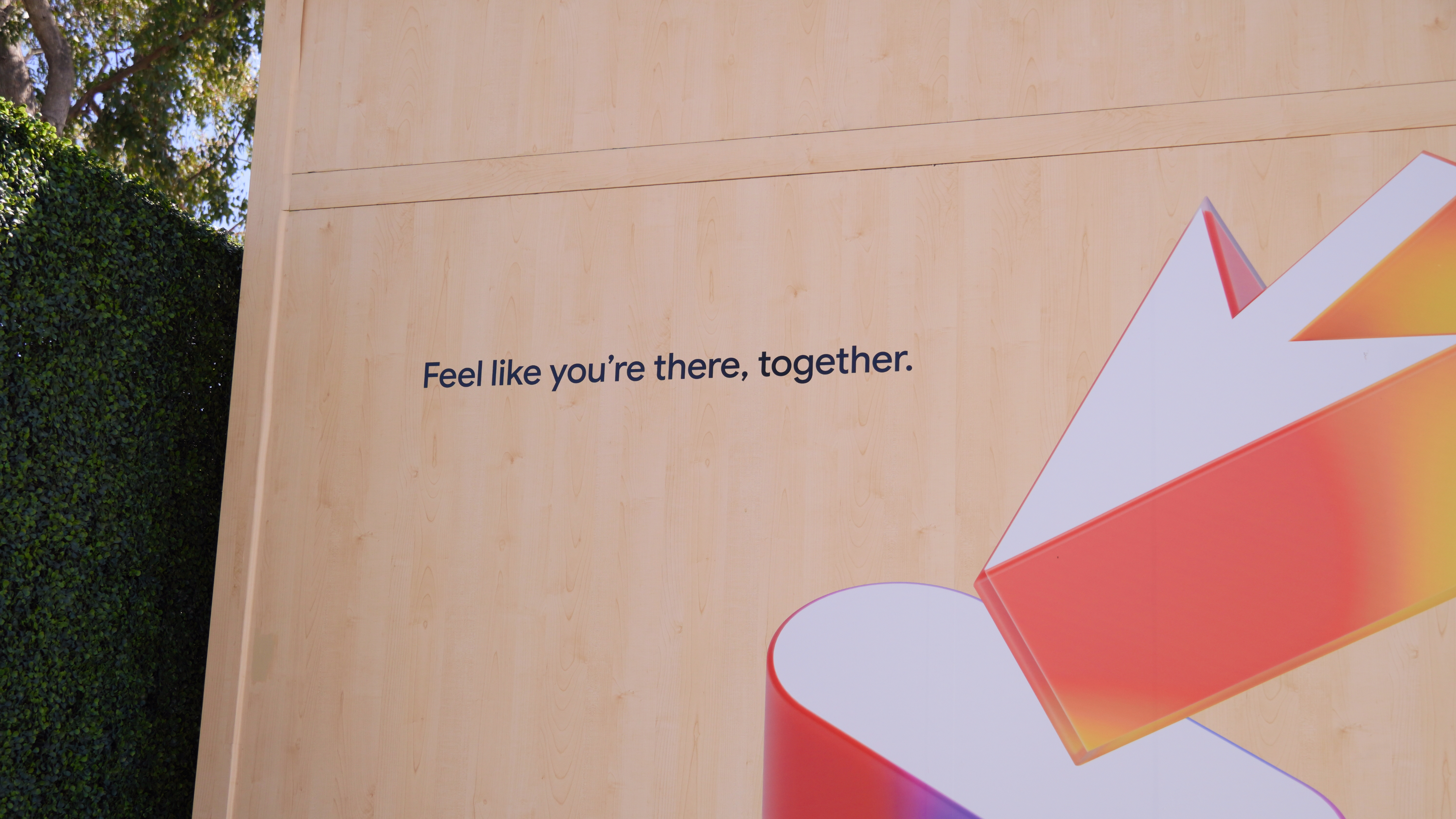
Google touts the technology as being like "a magic window" and that it "feel[s] like you're there, together." That really is the best way to describe it. All of the awkwardness and lack of connection typically experienced during remote meetings is gone when using Beam.
It was so surreal talking with a Google representative through Beam hardware that at first, I didn't believe it was a two-way video call. The experience initially felt too good to be a live demo; it almost felt like it was pre-recorded to showcase Beam at its best.
Since this doesn't incorporate wearing AR or VR gear, you never forget that the person you're chatting with isn't in the same room. However, it does really feel like you're peeking into the room of the person on the other end of the call. The 3D effect is lifelike, to the point that the Google presenter held out an apple, and it was as if I could reach forward and grab it.
Get the latest news from Android Central, your trusted companion in the world of Android
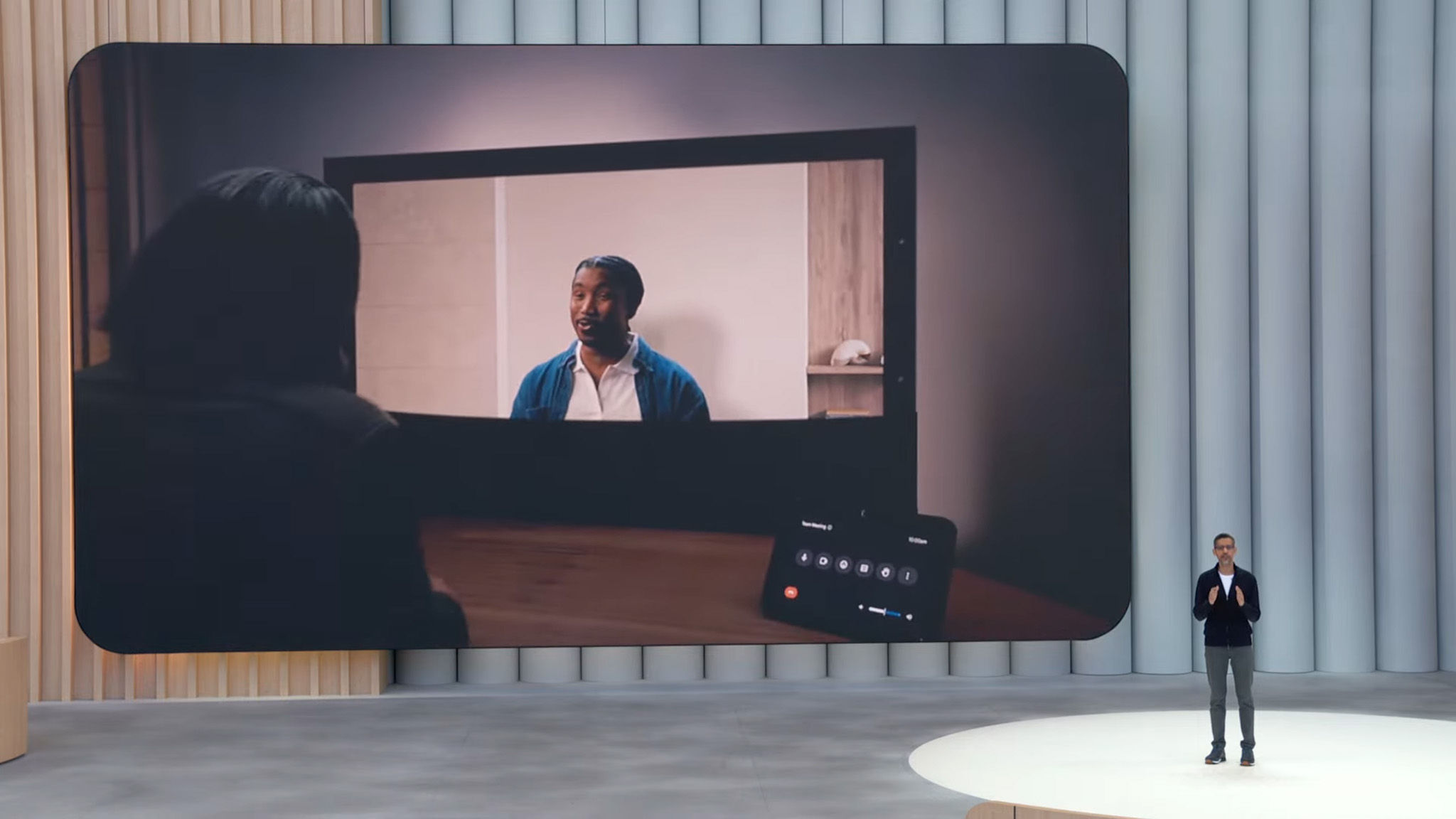
You feel innately comfortable chatting with a person using Google Beam, because there isn't the need to wear earbuds, look perfectly at a webcam, or deal with technical issues. It just works, and that means you can focus on what you're doing — whether that's an interview or a meeting.
One glaring limitation and so much potential
The glaring limitation I noticed is that Beam is exclusively for one-on-one meetings at the moment. I thought it would be stellar if a company's team in one country could call another using Beam, bridging two conference rooms full of people. That's just simply not possible in the technology's current stage. Considering the potential high price of Beam hardware, the value proposition seems suspect for one-on-one conversations.
Soon, we'll learn more about Google Beam devices from HP, which will be revealed at InfoComm. From there, it'll ship to a few handpicked enterprise customers later in 2025. It's a big moment for Google, which has been working on Beam as Project Starline since 2021.

Brady is a tech journalist for Android Central, with a focus on news, phones, tablets, audio, wearables, and software. He has spent the last three years reporting and commenting on all things related to consumer technology for various publications. Brady graduated from St. John's University with a bachelor's degree in journalism. His work has been published in XDA, Android Police, Tech Advisor, iMore, Screen Rant, and Android Headlines. When he isn't experimenting with the latest tech, you can find Brady running or watching Big East basketball.
You must confirm your public display name before commenting
Please logout and then login again, you will then be prompted to enter your display name.
